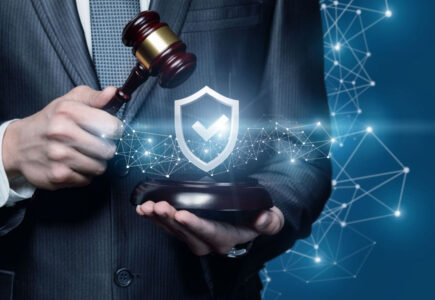The internet has had a big impact on law and legal cases. It enables lawyers to find new clients, access online research databases, and improve productivity. However, using it to collect evidence requires walking a fine line — not all…


The internet has had a big impact on law and legal cases. It enables lawyers to find new clients, access online research databases, and improve productivity. However, using it to collect evidence requires walking a fine line — not all…

Social media profiles, photos, videos, posts, and comments can disappear with the click of the originator. Efforts to protect privacy allow social media users to make quick, permanent changes to their profiles. Recovering deleted posts for evidence is not always…

Social media information collection requires advanced skills and the right tools. But just because the information is available to the public, it doesn’t mean you should be searching for it yourself. Don’t DIY social media information collection. Leave this type…

Photo and video sharing on social media platforms opens a window into the daily life of a person. If a picture is worth 1000 words, then significant insight into a person’s routine, perspective, and abilities can be told on social…

Attorneys often say, “I have a deposition tomorrow, and I need to preserve social media.” But gathering social media evidence that helps establish timelines and supports a narrative takes time. The time to preserve social media evidence is right away….

In legal investigations, screenshots of social media content might seem like a quick solution—but they often fall short. Without metadata or supporting context, the court may reject screenshots as inadmissible. That’s why preserving online evidence in native file format is…

For decades, Section 230 of the U.S. Communications Decency Act has protected social media platforms from legal responsibility for what users post on their sites. But public opinion is shifting—and courts are starting to question the extent of that protection….

How OSINT Is Transforming Counter-Terrorism Efforts Terrorism remains a global threat, and governments are constantly seeking more effective tools to detect, monitor, and disrupt extremist activity. One of the most powerful tools in this fight is Open Source Intelligence (OSINT)—the…

Social media is a breeding ground for promoting and sharing extreme beliefs and ideologies. Because of this, legal teams can identify extremists through OSINT platforms like social media. Extremists on Social Media Extremists have been known to utilize Facebook for…

Properly preserving social media evidence is key when it comes to having legal-grade, defensible data. According to a 2019 study from Pew Research Center, 73 percent of all adults use YouTube, while 69 percent of all adults use Facebook. The…